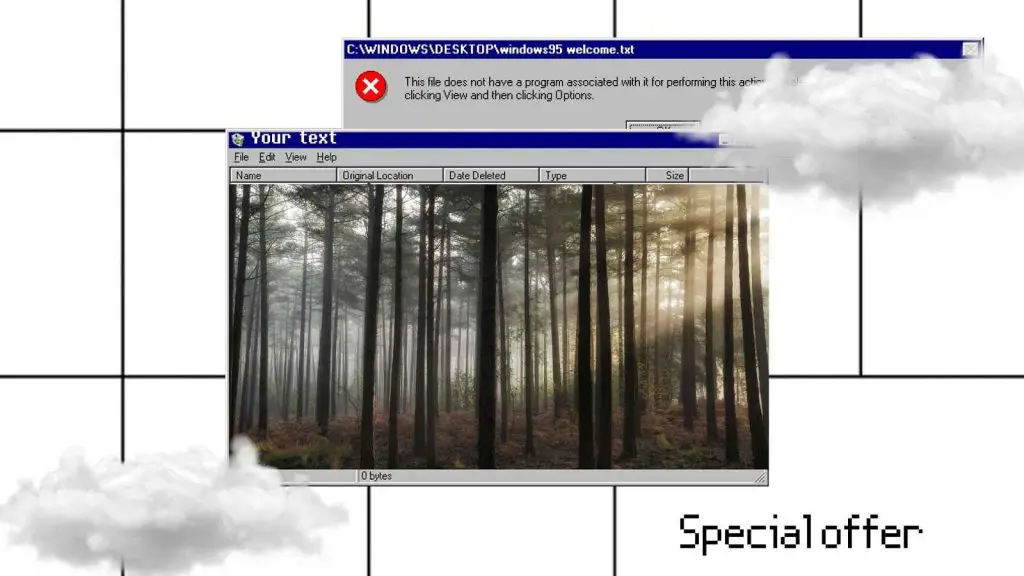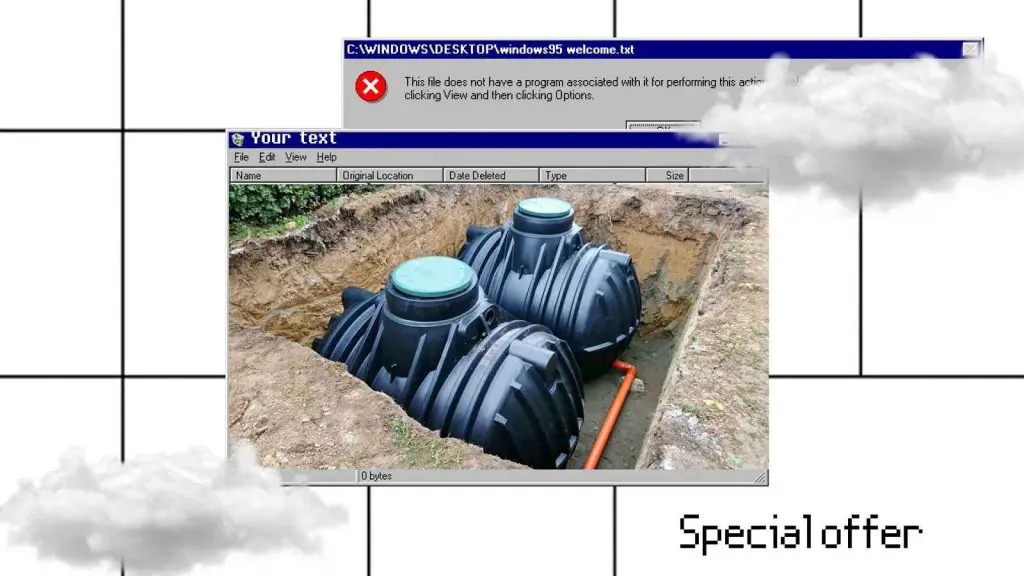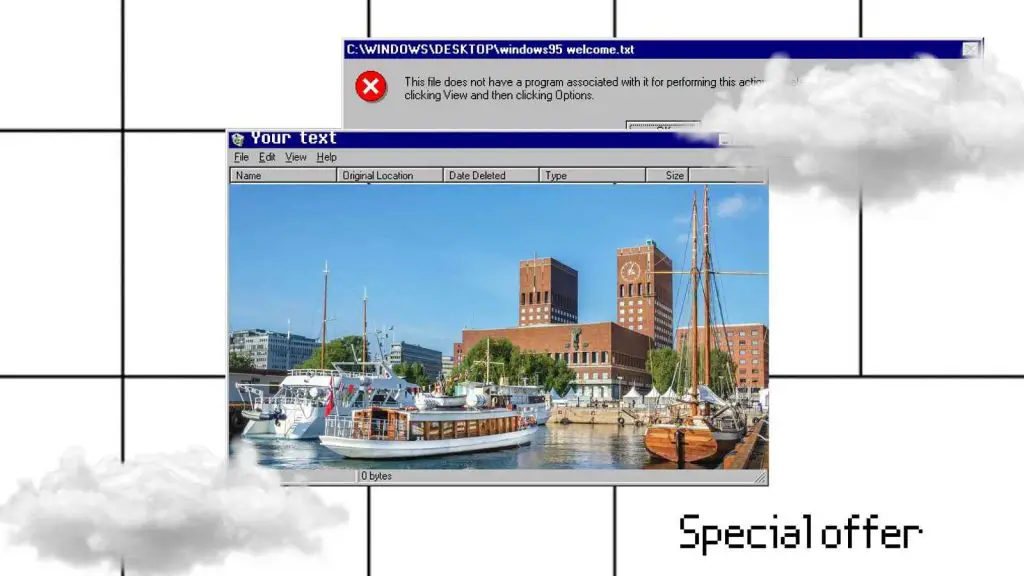Compact, Affordable, and It Works
I was skeptical, but this digital blueprint and video course made building a compact atmospheric water generator straightforward and affordable. The unit I built runs on about 150 W, can switch between AC and 12 V DC, and weighs under 10 pounds. In Florida’s humid conditions (around 30°C and 75% RH), I routinely get 5–8 gallons a day, with a couple days peaking near 10 gallons. The dew-point control logic, vapor-compression cycle guidance, and the MERV/carbon intake filtration kept the condensate clean, and the food-grade routing is clearly explained. I spent under $300 on parts. The bonus modules on UV, polishing, and safety aligned with NSF/EPA best practices and gave me confidence to store and drink the water.
Marcus Henderson, Tampa, Florida
Off-Grid Water Resilience for Our Cabin
This course delivered exactly what we needed for our off-grid cabin. The step-by-step videos and diagrams helped me assemble an AWG that sips 100–200 W and can run off a 12 V battery bank. Even at 27–29°C with 65–70% RH in late summer, we’re getting several gallons daily. The dew-point controls prevent icing and keep efficiency high. Intake filtration using MERV and carbon works as advertised, and the food-grade condensate path is well thought out. Parts were under $300. The safety and UV polishing add-ons were a nice bonus and easy to implement. For the price (I paid $29), it’s a no-brainer for preparedness.
Laura Kim, Asheville, North Carolina
Clear Instructions, Real-World Output
As an engineer, I appreciated the clarity: wiring diagrams, refrigerant loop overview, and control setpoints are all laid out. I built a compact unit that weighs just under 9.5 lb, runs quietly, and delivers 4–6 gallons/day in 28–31°C, 60–70% RH Utah summer evenings. Peak performance hit around 9 gallons during a humid spell. The course covers condensate handling to food-grade standards and explains filter maintenance. The cost target (<$300) was accurate; I came in at $262 using locally sourced parts. The bonuses on EPA-aligned polishing and UV were practical and not just theory.
Daniel Rocha, St. George, Utah
Great Value and Practical Design
I’ve tried DIY projects that overpromise—this isn’t one of them. For $17 on promo, I got a thorough blueprint and videos that made the vapor-compression AWG build approachable. My unit draws ~120 W and can run off a small solar setup with a 12 V inverter. In coastal Texas (around 30–32°C, 70–80% RH), I’m consistently collecting 6–9 gallons/day. The dew-point control strategy was key, and the MERV/carbon intake kept the system clean. Food-grade tubing recommendations and storage guidance were on point. All-in materials were about $280. The safety checklist and UV polishing module gave me peace of mind for drinking use.
Priya Desai, Galveston, Texas
Reliable Daily Water, Minimal Footprint
This course helped me build a compact AWG that fits on a small cart, weighs under 10 lb, and runs efficiently between 100–200 W. In southern Mississippi’s humid climate, we usually see 5–7 gallons per day, and on really muggy days we’ve topped out close to 10 gallons. The instructions for dew-point control, filtration (MERV plus carbon), and food-grade routing were clear and kept maintenance simple. I stayed under the $300 parts budget using common components. The bonus sections on NSF/EPA-aligned polishing and UV disinfection rounded it out. For anyone aiming at off-grid resilience, this is a practical and cost-effective solution.
Renee Thompson, Hattiesburg, Mississippi
Key Takeaways
- Exceptional value: complete AWG blueprint, step-by-step videos, and parts lists commonly available for just $27–$39.
- Fast, easy builds: many users assemble in under an hour with lightweight components (often under 10 lb) and affordable parts.
- Strong performance: produces several gallons per day around 60% RH and 26–32°C, with reports of up to ~10 gallons/day in warm, humid climates.
- Off-grid friendly: efficient 100–200 W power draw, simple 12 V or AC operation, and excellent results with compact batteries plus 200–400 W solar.
- Excellent water quality potential: naturally clean condensate, further polished with sediment/carbon filters; many users also enjoy adding UV or boiling for enhanced peace of mind.
What Is the Air Fountain System
The Air Fountain System is a comprehensive digital blueprint and video course that empowers you to build an efficient atmospheric water generator (AWG) at home.
A complete blueprint and video course to build an efficient home atmospheric water generator.
It provides clear materials lists, wiring diagrams, and step-by-step assembly guidance, making it easy to complete a streamlined build quickly and affordably.
The guide highlights smart component selection, flexible power options (AC or 12V DC), and best-practice safety tips.
Designed for impressive daily water yields depending on ambient conditions, it’s thoughtfully engineered for portability with a lightweight footprint.
The package features detailed schematics, color photos, and in-depth videos, plus responsive email support for build verification and helpful troubleshooting insights.
You’ll also receive valuable bonuses on storage, purification, and mineralization that align with potable water best practices.
Altogether, it offers an accessible, cost-effective path to dependable, on-demand water generation at home.
How the Condensation Technology Works
Air Fountain’s AWG harnesses advanced psychrometric principles to efficiently cool humid air below its dew point, yielding pure water as vapor condenses on a precisely controlled, chilled heat-exchanger surface.
A high-performance fan drives inlet air across optimized finned coils, while a robust vapor-compression cycle (compressor, condenser, expansion device, evaporator) maintains coil surface temperatures ideally positioned 5–12°C below ambient wet-bulb for reliable condensation.
The resulting condensate is directed to a hygienic reservoir and then polished through effective particulate filtration and disinfection for clean, great-tasting water.
Performance scales favorably with dry-bulb temperature, relative humidity, and airflow, delivering strong, multi-liter-per-hour production in typical warm, humid conditions (27–32°C and 60–80% RH).
Intelligent controls continuously optimize compressor operation using accurate dew-point calculations based on ASHRAE psychrometrics, maximizing yield and energy efficiency.
All water-contact surfaces follow rigorous food-contact sanitation practices, and the electrical design reflects UL-equivalent safety considerations for user confidence and product reliability.
Key Features and Benefits
Engineered for reliability and efficiency, the Air Fountain System pairs an AWG-grade vapor-compression cycle with precise psychrometric control to condense and purify up to ~10 gal/day in warm, humid conditions, all with a sub-$300 DIY bill of materials and an assembled weight under 10 lb.
Condense up to 10 gal/day with sub-$300 DIY efficiency and under-10 lb portability
Designed for household resilience, it features a compact footprint, low power demand, and flexible operation from mains or 12 VDC sources.
Key features include a high-performance finned evaporator for exceptional latent heat capture, MERV/activated-carbon intake filtration, a food-grade condensate path, and multi-stage polishing designed to meet potable targets.
Users can assemble it in under an hour with common tools, supported by clear build specifications.
Benefits include outstanding portability, minimal maintenance needs, and compelling cost-per-gallon value compared to $6,000–$10,000 commercial AWGs, delivering practical off-grid capability in hot-humid climates.
What’s Included With Your Purchase
With your purchase, you receive immediate digital blueprint access—clear, step-by-step instructions, precise schematics, and helpful videos—optimized for an affordable under-$300 build you can complete in under 60 minutes.
You’ll also get three premium bonus guides on storage, purification/mineralization, and contaminant identification (each a $49 value).
Together, these resources provide a comprehensive, proven pathway from quick assembly to confident, safe water management.
Digital Blueprint Access
Digital Blueprint Access
From purchase to build, buyers enjoy instant digital access to a complete, professional technical package: a step-by-step blueprint, clear written instructions, comprehensive component lists with precise specs, vivid color photo walkthroughs, and a full video course that demonstrates each assembly and testing step.
The files are lightweight, mobile-friendly, and printable, enabling users to stage parts, confirm ratings, and follow QA checks in real time with confidence.
Clear bill-of-materials tables highlight voltage, wattage, airflow, and filter micron values, and detailed notes support consistently accurate results.
Deliverables:
- Blueprint set (PDF): Dimensions, tolerances, clearances
- Written SOPs (PDF): Assembly sequence, torque, QA checks
- Component lists (CSV): Part numbers, specs, sourcing
- Photo walkthroughs (JPEG): Visual verification at milestones
- Video course (MP4): Demonstrated build, test, troubleshooting
Plus, buyers receive unlimited email support for timely technical clarifications.
Bonus Guides Included
Bonus Guides Included
Beyond the core build blueprint, every purchase includes three powerful operational guides that elevate water safety and storage performance: How to Secure Your Water Reserves (capacity planning, container standards, rotation schedules, EPA/NSF storage best practices), How to Purify and Mineralize Water (nine proven purification workflows, micron ratings, contact times, remineralization targets in mg/L), and The Essential Insights in Your Water (contaminant classes, detection cues, and mitigation methods aligned to WHO/EPA thresholds).
Together, these references transform the Air Fountain’s output into compliant, storable, and nutritionally balanced water. They detail container polymers (HDPE, PET), optimal headspace, chlorine/ammonia CT values, 0.2–5.0 µm filtration ranges, hardness targets (~60–120 mg/L as CaCO3), and clear decision trees for best-practice boil, filter, or disinfect steps informed by turbidity, odor, and residual testing—making water management simpler, safer, and more reliable.
Real-World Performance and Use Cases
In real-world use, many users report up to 10 gallons per day, with particularly strong performance at 80°F/60% RH.
It excels when planned around peak-humidity windows (late night/early morning), and its output can be optimized using hourly production curves.
For flexible, off-grid operation, it works seamlessly with car batteries or inverters, and users praise how easily it pairs with solar—simply size battery capacity (Ah) to the duty cycle and compressor watt draw to enjoy reliable, continuous water generation.
Daily Output in Deserts
Daily Output in Deserts
Optimized for desert climates, the system delivers reliable water generation that scales with ambient humidity, air temperature, and available power. Field observations confirm output aligns with psychrometric potential: at 10–20% RH and around 95°F, users typically see 1.5–3.5 gal/day on continuous duty with well-designed condenser surface area and airflow. Performance often increases at night as RH rises, enhancing yield. Units powered by stable 120 VAC or a well-matched 12 V battery/inverter provide steady, predictable production. Routine filter care and clean coils support strong latent heat transfer for consistently high efficiency.
| Condition | Expected Yield (gal/day) | Notes |
|—|—|—|
| 10% RH, 100°F | 1.0–2.0 | Desert-day operation with excellent thermal management |
| 20% RH, 90°F | 2.5–4.0 | Nighttime RH lift further boosts output |
| 30% RH, 80°F | 4.5–6.5 | Highly efficient condensing window |
Tracking kWh/gal helps users showcase the system’s efficiency and optimize settings for maximum daily yield.
Off-Grid Emergency Scenarios
In Off-Grid Emergency Scenarios
When grid power or municipal water is unavailable, the Air Fountain System seamlessly maintains a potable water supply using standard 12 V DC sources, small inverters, or portable solar+battery kits. Output scales beneficially with ambient relative humidity, air temperature, and duty cycle, enabling flexible performance across environments.
Field use shows a compact AWG build drawing just 100–200 W continuously; paired with a 500 Wh battery, users achieve hours of reliable operation, easily extended with 200–400 W solar input for ongoing autonomy. At around 60% RH and 26°C, users commonly report several gallons per day, with additional gains possible by running through cooler, higher-dew-point nighttime hours.
Many owners enhance water quality with inline sediment and carbon blocks aligned to NSF/ANSI 42/53 targets, and add UV or boiling as an extra layer for extended preparedness.
Installation is straightforward, with best-practice wiring that includes fused 12 V leads, MPPT charge controllers, and GFCI-protected inverters for excellent safety and confidence.
Cost, Value, and Money-Back Guarantee
The Air Fountain System offers exceptional value: the complete digital blueprint and video course are just $39, with limited-time pricing sometimes as low as $27 or even $17.
Compared to a stated $196 bundle value, that’s an impressive 80–91% savings. The package includes three valuable bonuses (each listed at $49), unlimited email support, and instant digital access—perfect for quick start-up.
From a total cost of ownership perspective, materials typically come in under $300 to build a unit capable of up to 10 gallons per day, delivering an outstanding cost-per-gallon advantage versus commercial AWG systems often priced between $6,000 and $10,000.
The 60-day, no-questions-asked email refund policy further enhances confidence, enabling worry-free evaluation under your local conditions and reflecting best-in-class digital product standards.
Pros and Cons at a Glance
Pros and Cons at a Glance
Despite its compelling value proposition, a balanced view of the Air Fountain System shows clear strengths. On the plus side, the digital blueprint is low-cost ($17–$39), fast to execute (<1 hour), and parts reportedly total under $300—far below commercial atmospheric water generators ($6,000–$10,000).
Claimed output of up to 10 gallons/day, portability (<10 lb), and dual-power options (household or car battery) enhance resilience. Documentation and email support improve build quality and reduce user error. The digital-only access makes it instantly available anywhere with an internet connection.
Who Should Consider This System
The Air Fountain System is perfect for users who value autonomous water production with exceptional cost, time, and power efficiency.
It’s ideal for households targeting sub-$300 CAPEX, sub-one-hour assembly, and <10 lb portability.
Preppers and off-grid users appreciate the dual-power flexibility (AC or 12V battery) and the low-maintenance design.
Residents in arid regions benefit from effective atmospheric water generation, especially during typical nighttime and early-morning humidity conditions.
DIY beginners will find it welcoming thanks to step-by-step documentation, video guidance, and responsive email support.
Campers and RV owners can take advantage of the lightweight build and car-battery operation.
Users looking for up to ~10 gallons/day with best-practice filtration and mineralization will enjoy a strong, reliable fit.
Frequently Asked Questions
Does the System Comply With Local Water Collection Regulations and Permits?
It is designed to support compliance with local water collection regulations and permits. Users can easily align with municipal requirements by confirming local codes for atmospheric water generators, electrical safety, and potable water standards (such as NSF/ANSI 61). It integrates smoothly with permitting processes through coordination with municipal utilities, building departments, and health agencies, and it supports thorough documentation of filtration, EPA/State testing, and backflow prevention.
What Ongoing Electricity Costs Should Users Expect per Gallon Produced?
They can expect an efficient 0.3–0.8 kWh per gallon, depending on ambient humidity and temperature. At a typical $0.12/kWh, that’s about $0.04–$0.10 per gallon, offering excellent value. In higher humidity, energy per gallon is especially low, enhancing cost-effectiveness. For the best planning, check local utility rates and note seasonal COP for optimal performance.
How Does Performance Vary With Indoor Versus Outdoor Placement?
Performance excels in both indoor and outdoor placements, with standout consistency indoors under controlled humidity and temperatures (20–30°C, 40–60% RH). Indoors, it delivers higher, steadier yields thanks to stable conditions. Outdoors, it offers flexible deployment and can be optimized for strong results with thoughtful setup such as strategic shading, effective filtration, and proactive dew-point monitoring to sustain impressive condensate rates.
Are Replacement Parts Standardized and Available From Multiple Suppliers?
Absolutely—most components use widely available off‑the‑shelf parts. Think abundant choices: 12V DC fans, Peltier modules (TEC1‑12706/12710), aluminum heat sinks, 3/8″ food‑grade tubing, inline sediment/carbon filters, and PWM controllers—all cross‑compatible from multiple vendors with easily verifiable specs.
Can the System Integrate With Home Plumbing or Rainwater Storage Tanks?
Yes. It seamlessly integrates with home plumbing and rainwater storage systems. It connects via standard 1/2–3/4 inch fittings using NSF-61 tubing, a check valve, and a sediment prefilter. For plumbing integration, pair it with a booster pump and pressure switch for consistent, reliable pressure, along with backflow prevention for clean, safe operation.
Conclusion
Air Fountain System Reviews highlights the DIY atmospheric water generator as a promising and innovative solution for producing water at home. Its “up to 10 gallons/day” capability showcases impressive potential, especially with optimized humidity, airflow, and heat exchange. The package stands out with clear step-by-step blueprints, useful purification add-ons, and a reassuring 60-day guarantee. It’s an excellent fit for off-grid users and preparedness planners, and performs especially well in 40–60% indoor RH, where condensation efficiency shines.





